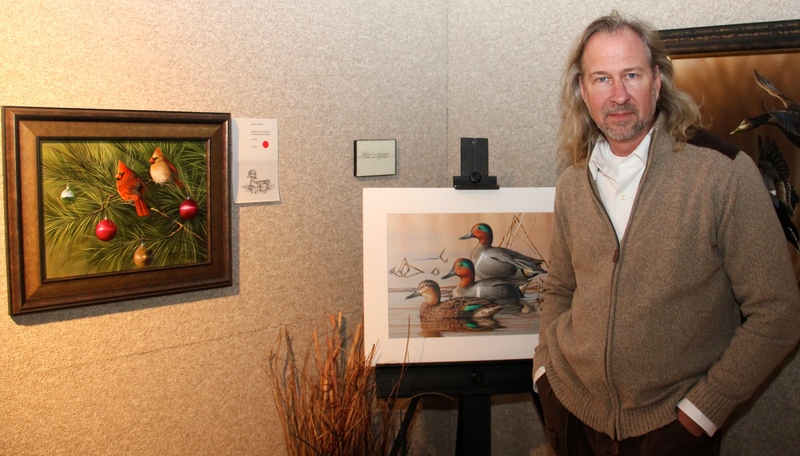Mild autumn holding back snow goose migration
Snow geese define our Sussex skies in the wintertime. Their massive squawking flocks capture our ears first, then our eyes, and then we marvel as echelon after echelon continues to pass above.
Snows are especially magical on starlit nights when their white bodies passing overhead reflect light from below, making them stand out against the endless night overhead.
But this year, the snow geese have been slow in coming. It’s not for lack of overall numbers in the population. A 2016 waterfowl report from the U.S. Fish and Wildlife Service, based on surveys in polar summering and nesting grounds, found a total of 3,453,000 snow geese. That’s up from the 3,284,000 counted in 2015, though not significantly. The report notes there has been little variance over the past 10 years and concludes that the population is “stabilizing following many years of rapid increase.”
The best guess for the late arrival this year is the exceptionally warm fall we’ve had. November came in as one of the warmest on record. “The waterfowl only migrate as far south as they need to before moving down,” said Justin Foth. Foth works for Delaware’s Division of Fish and Wildlife as waterfowl, turkey and game bird biologist. He is new in his position - just three months - and succeeds Matt DiBona. One of the many responsibilities he has is flying monthly aerial surveys of Delaware’s waterfowl populations during the winter. Jeff Chorman flies the plane up and down creeks and rivers and bays from one end of the state to the other while biologists count birds. The core areas surveyed include Bombay Hook and Prime Hook national wildlife refuges and the coastal areas of Sussex County.
Foth said the survey flown at the end of October found about 1,350 snow geese in Delaware. That’s down from the 7,000 snow geese counted in October 2014. “We really haven’t seen any major frontal systems come through from the north this year. Those aid in pushing the migration down our way,” he said. Of course that is changing now, especially with the big cold snap we’re experiencing this week.
Curiously, the Canada goose count for October, said Foth, came in at 14,000 birds compared to 5,000 in October 2014. Canada geese breed farther south than the snows. The Canadas in the Atlantic Flyway nest primarily in the Canadian provinces of Newfoundland and Labrador. According to the U.S. Fish and Wildlife 2016 report, there were “good to excellent breeding conditions in Newfoundland and Labrador” this past summer which may account for the greater numbers of Canada geese we’re seeing this fall.
That report estimates there were 191,000 breeding pairs of Canadas on those grounds this year compared to 161,300 last year.
As for ducks, Foth counted a total of 26,760 on his late-October count. Of those, black ducks were the highest species with 3,600. Mallards and green-wing teal came in next, each with 2,500 across the state.
The U.S. Fish and Wildlife report estimates the total North American duck population this year at 48.4 million birds. That’s 38 percent higher than the long-term average measured between 1955 and 2015. Conservation measures and management clearly can have a positive impact.
Clifton scores two more
Delaware’s preeminent waterfowl and wildlife artist Richard Clifton won two more state duck stamp contests this year. His green-winged teal will grace the Louisiana duck stamp for 2017, while his gadwall pair has been selected as the winner of the Oregon 2016 contest for that state’s 2017 stamp. The two latest contest winners take Clifton’s total duck stamp count to 46. “I think Tennessee was a commission in 1990, and the first win was Idaho in 1991,” said Clifton.
States and the federal government sell duck stamps to hunters, collectors and other conservationists to finance waterfowl enhancement initiatives across the country. Their sales raise hundreds of millions of dollars each year and are part of the reason why total waterfowl counts are up over the past several decades.
Clifton works in the studio of his Gallery at East Wind. Located on the edge of Prime Hook National Wildlife Refuge north of Milton, the setting provides constant inspiration for the artist.

















































